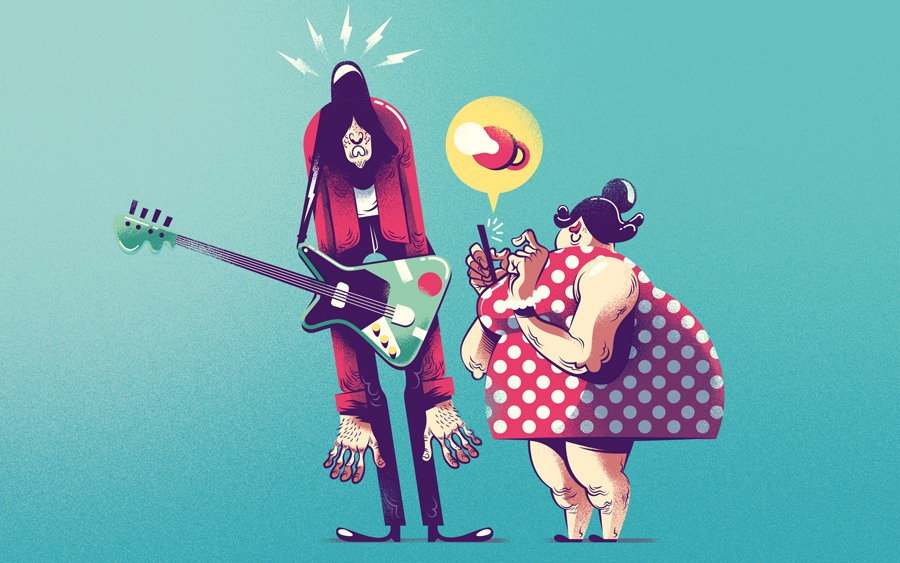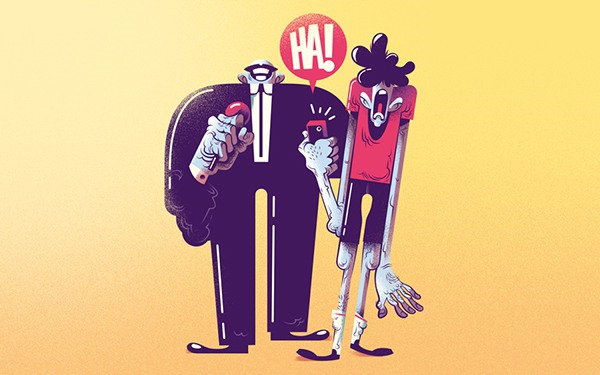BOXED - SIDEBAR RIGHT
BOXED – SIDEBAR RIGHT
In digital editing, photographs are usually taken with a digital camera and input directly into a computer. Transparencies, negatives or printed photographs may also be digitized using a scanner, or images may be obtained from stock photography databases. With the advent of computers, graphics tablets, and digital cameras, the term image editing encompasses everything that can be done to a photo, whether in a darkroom or on a computer. Photo manipulation is often much more explicit than subtle alterations to color balance or contrast and may involve overlaying a head onto a different body or changing a sign’s text, for examples. Image editing software can be used to apply effects and warp an image until the desired result is achieved. The resulting image may have little or no resemblance to the photo (or photos in the case of compositing) from which it originated. Today, photo manipulation is widely accepted as an art form.
There are several subtypes of digital image-retouching:
-
Technical retouching
Manipulation for photo restoration or enhancement (adjusting colors / contrast / white balance (i.e. gradational retouching), sharpness, noise, removing elements or visible flaws on skin or materials, …)
-
Creative retouching
Used as an art form or for commercial use to create more sleek and interesting images for advertisements. Creative retouching could be manipulation for fashion, beauty or advertising photography such as pack-shots (which could also be considered inherently technical retouching in regards to package dimensions and wrap-around factors). One of the most prominent disciplines in creative retouching is image compositing. Here, the digital artist uses multiple photos to create a single image. Today, 3D computer graphics are used more and more to add extra elements or even locations and backgrounds. This kind of image composition is widely used when conventional photography would be technically too difficult or impossible to shoot on location or in studio.

Phases
Parents find many habits and behaviors of their children annoying. When you want to change an unwanted behavior, it helps to first understand why your child is doing it. Often bad habits are just a coping strategy. Your child may fall back on these behaviors when they are stressed, bored, tired, frustrated, unhappy, insecure, or falling asleep. Many of these “bad” habits are calming and soothing to the child.
Most of the time, these behaviors are just “phases” or habits—not serious medical problems—and the child typically outgrows them. Managing them can be difficult, however. In general, you should ignore bad habits. Yelling, calling attention to the habit and punishment do not usually work to stop the behavior (and may even increase it!), but praise, positive rewards, and patience are likely to help.

What are tics?
Tics are stereotyped behaviors (twitches or movements) that are frequently repeated. The movement can involve any body part. A facial tic, especially blinking the eyes, is the most common. Temporary tics are a habit that starts during childhood or the teen years, and might last anywhere from one month to a year. The child is able to suppress the tic voluntarily for minutes to hours. The tic may occur more frequently at certain times and not at others. They are fairly common.
Rarely, there are vocal tics or more complex tics, which suggest a more serious disorder called Tourette syndrome. If the tic occurs for longer than one year or the child cannot suppress it, it may be a sign of a more serious problem and needs evaluation by your child’s doctor.